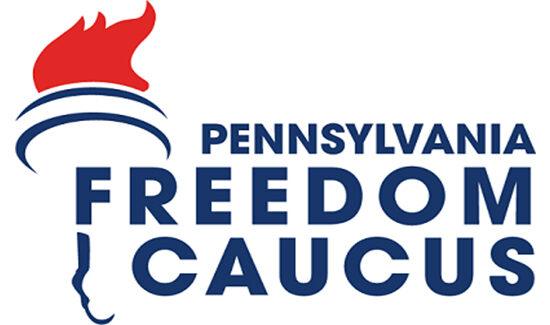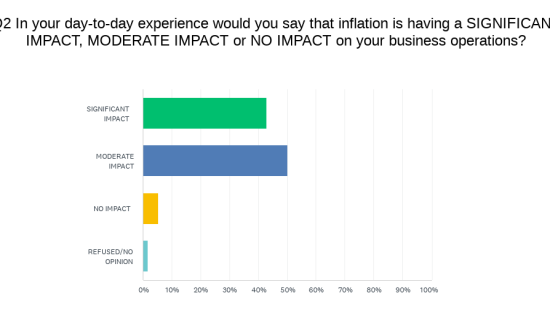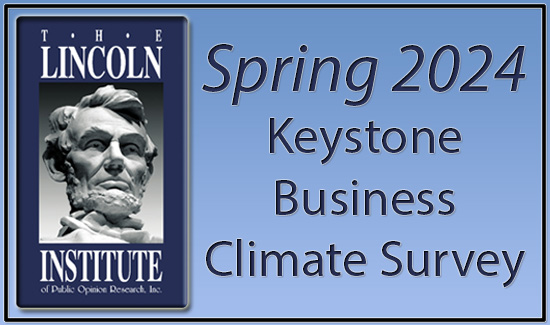(The Center Square) — Gov. Josh Shapiro is taking heat for Pennsylvania’s still-unfinished budget, with critics saying it’s “already in the red.”
The Commonwealth Foundation, in a release quoting its vice president on a recent policy analysis, says “the final budget is on track to spend $900 million more than ongoing revenue by draining part of the General Fund balance.”
The almost $45 billion state budget spends beyond tax revenues, requiring the use of reserves to pay for the spending, the group says.
“Gov. Shapiro is touring the state claiming ‘mission accomplished’ to cover up for an incomplete budget and his inability to deliver on campaign promises and break the dysfunction that has defined his tenure in Harrisburg,” Commonwealth Foundation Vice President Nathan Benefield said in a release.
“Not only does the budget remain woefully unfinished, but it lacks the expansion of educational opportunity that Gov. Shapiro promised,” Benefield said. “Pennsylvanians have every reason to be skeptical of the governor’s ability to lead effectively in divided government.”
Before the budget is officially finished, the General Assembly must pass code bills that direct how to spend some of the funds – about $1.1 billion – in the budget. Without those code bills, a number of fund transfers cannot happen, including $500 million for basic education funding across the commonwealth.
State Republicans and Democrats have been split, arguing over whether the budget’s spending is excessive or an investment for economic growth.
Treasurer Stacy Garrity has warned of an impending fiscal cliff as federal largesse winding down. The Independent Fiscal Office, too, has noted the aging population of the commonwealth and a shrinking labor force, meaning that state spending will grow faster than tax revenues through 2027-28.
Upon announcing his budget proposal in March, Shapiro said it was “packed with common-sense solutions” and taking a needed step to “invest more in economic opportunity.”






